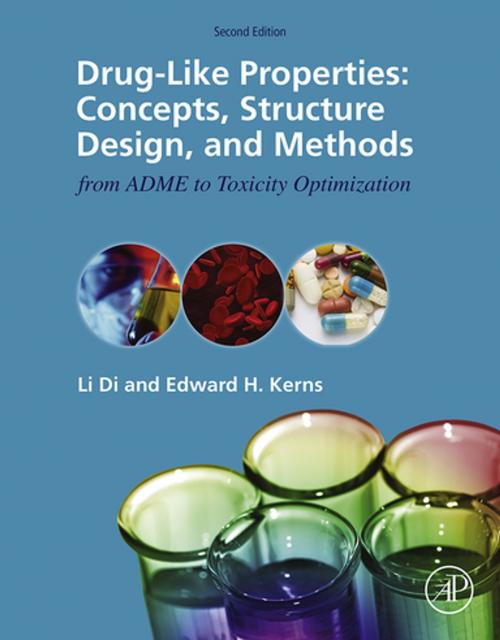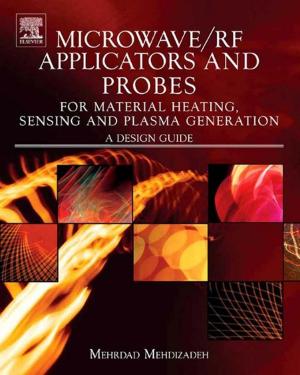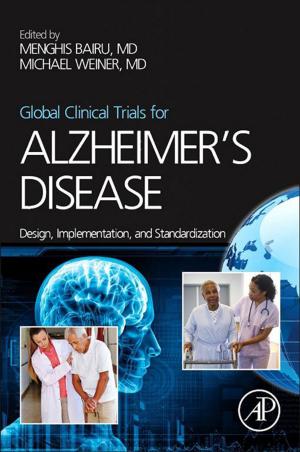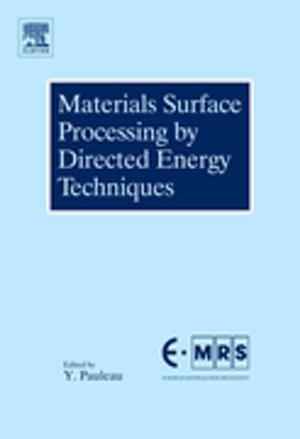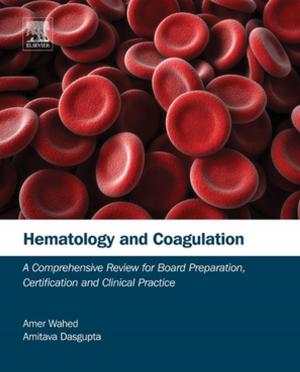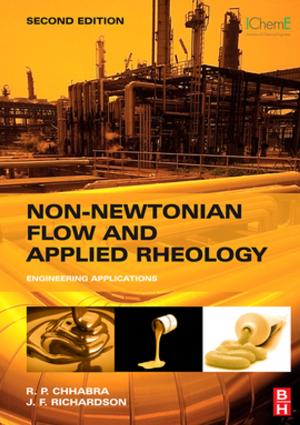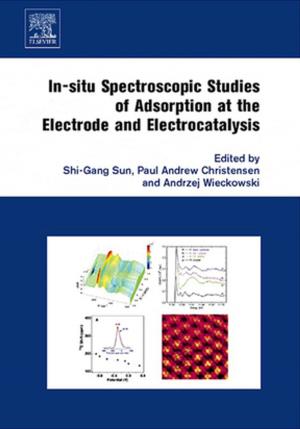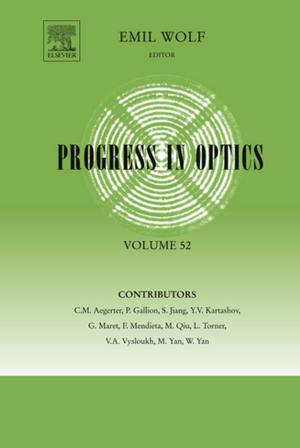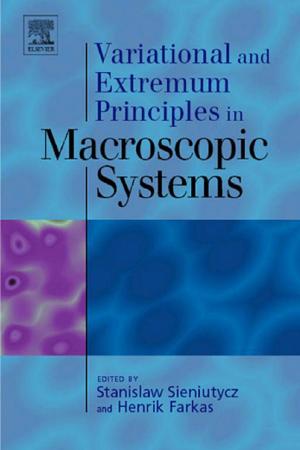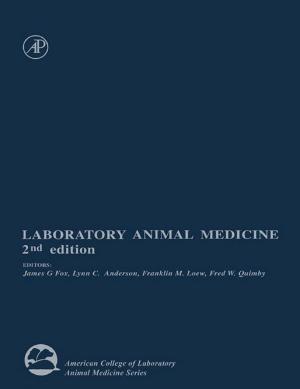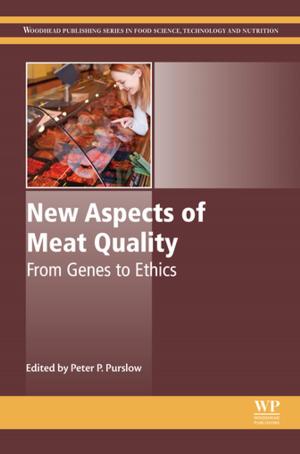Drug-Like Properties
Concepts, Structure Design and Methods from ADME to Toxicity Optimization
Nonfiction, Health & Well Being, Medical, Medical Science, Pharmacology, Business & Finance, Industries & Professions, Industries| Author: | Li Di, Edward H Kerns | ISBN: | 9780128013229 |
| Publisher: | Elsevier Science | Publication: | December 17, 2015 |
| Imprint: | Academic Press | Language: | English |
| Author: | Li Di, Edward H Kerns |
| ISBN: | 9780128013229 |
| Publisher: | Elsevier Science |
| Publication: | December 17, 2015 |
| Imprint: | Academic Press |
| Language: | English |
Of the thousands of novel compounds that a drug discovery project team invents and that bind to the therapeutic target, only a fraction have sufficient ADME (absorption, distribution, metabolism, elimination) properties, and acceptable toxicology properties, to become a drug product that will successfully complete human Phase I clinical trials. Drug-Like Properties: Concepts, Structure Design and Methods from ADME to Toxicity Optimization, Second Edition, provides scientists and students the background and tools to understand, discover, and develop optimal clinical candidates. This valuable resource explores physiochemical properties, including solubility and permeability, before exploring how compounds are absorbed, distributed, and metabolized safely and stably. Review chapters provide context and underscore the importance of key concepts such as pharmacokinetics, toxicity, the blood-brain barrier, diagnosing drug limitations, prodrugs, and formulation. Building on those foundations, this thoroughly updated revision covers a wide variety of current methods for the screening (high throughput), diagnosis (medium throughput) and in-depth (low throughput) analysis of drug properties for process and product improvement. From conducting key assays for interpretation and structural analysis, the reader learns to implement modification methods and improve each ADME property.
Through valuable case studies, structure-property relationship descriptions, and structure modification strategies, Drug-Like Properties, Second Edition, offers tools and methods for ADME/Tox scientists through all aspects of drug research, discovery, design, development, and optimization.
- Provides a comprehensive and valuable working handbook for scientists and students in medicinal chemistry
- Includes expanded coverage of pharmacokinetics fundamentals and effects
- Contains updates throughout, including the authors’ recent work in the importance of solubility in drug development; new and currently used property methods, with a reduction of seldom-used methods; and exploration of computational modeling methods
Of the thousands of novel compounds that a drug discovery project team invents and that bind to the therapeutic target, only a fraction have sufficient ADME (absorption, distribution, metabolism, elimination) properties, and acceptable toxicology properties, to become a drug product that will successfully complete human Phase I clinical trials. Drug-Like Properties: Concepts, Structure Design and Methods from ADME to Toxicity Optimization, Second Edition, provides scientists and students the background and tools to understand, discover, and develop optimal clinical candidates. This valuable resource explores physiochemical properties, including solubility and permeability, before exploring how compounds are absorbed, distributed, and metabolized safely and stably. Review chapters provide context and underscore the importance of key concepts such as pharmacokinetics, toxicity, the blood-brain barrier, diagnosing drug limitations, prodrugs, and formulation. Building on those foundations, this thoroughly updated revision covers a wide variety of current methods for the screening (high throughput), diagnosis (medium throughput) and in-depth (low throughput) analysis of drug properties for process and product improvement. From conducting key assays for interpretation and structural analysis, the reader learns to implement modification methods and improve each ADME property.
Through valuable case studies, structure-property relationship descriptions, and structure modification strategies, Drug-Like Properties, Second Edition, offers tools and methods for ADME/Tox scientists through all aspects of drug research, discovery, design, development, and optimization.
- Provides a comprehensive and valuable working handbook for scientists and students in medicinal chemistry
- Includes expanded coverage of pharmacokinetics fundamentals and effects
- Contains updates throughout, including the authors’ recent work in the importance of solubility in drug development; new and currently used property methods, with a reduction of seldom-used methods; and exploration of computational modeling methods
